I am kind of a SwiftUI newbe but my question is essentially this:
I have a view that looks like this:
struct myView: View {
var label = Text("label")
var subLabel = Text("sublabel")
var body: some View {
VStack {
label
subLabel
}
}
public func primaryColor(color: Color) -> some View {
var view = self
view.label = view.label.foregroundColor(color)
return view.id(UUID())
}
public func secondaryColor(color: Color) -> some View {
var view = self
view.subLabel = view.subLabel.foregroundColor(color)
return view.id(UUID())
}
}
And here is my problem:
In my parent view, I would like to call myView as follows
struct parentView: View {
var body: some View {
myView()
.primaryColor(color: .red)
.secondaryColor(color: .blue)
}
}
Using only one of these modifiers works fine but stacking them won't work (since they return some View ?).
I don't think that I can use standard modifiers since I have to access myView variables, which (I think) wouldn't be possible by using a ViewModifier.
Is there any way to achieve my goal or am I going on the wrong direction ?
